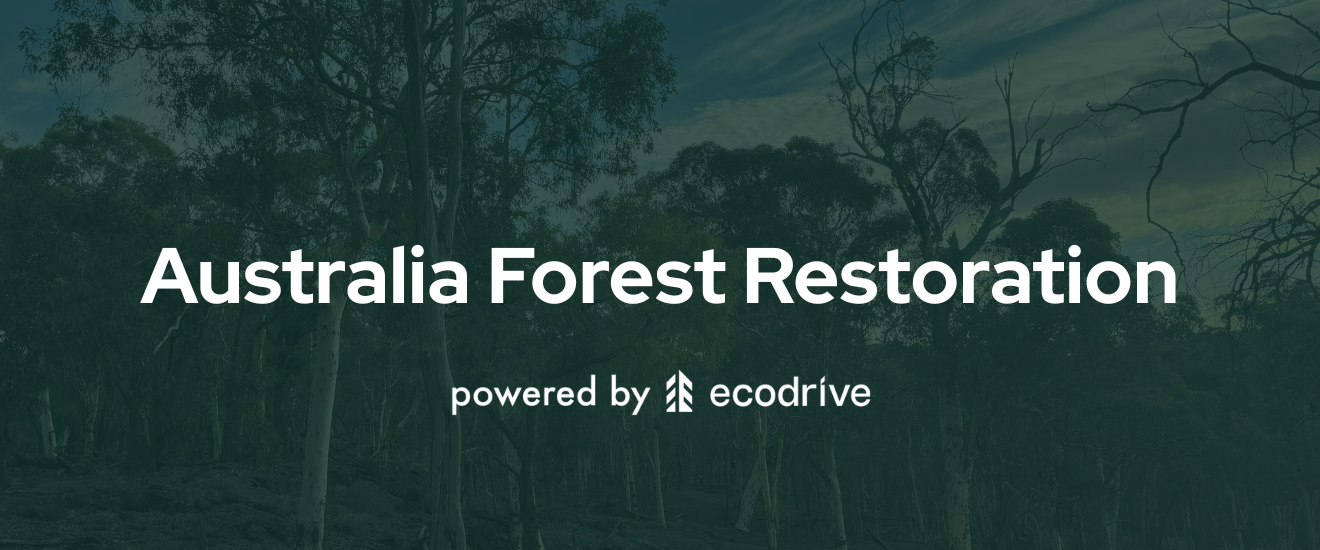Top Tools to Track and Showcase Your Brand’s Sustainability Efforts
Frome verification to measuring, reporting to marketing, here's how to make the most of your imapct
Measuring sustainability is only part of the equation.
To build trust and loyalty, brands also need to show customers the outcomes of their efforts.
From carbon tracking platforms to impact dashboards and visual storytelling tools, here are some of the most effective solutions available today.
1. Impact Verification and Tracking Platforms
The foundation of credible sustainability marketing is verification.
Platforms like Ecodrive, Ecosia, and Veritree enable brands to attach measurable, third-party-verified actions to their operations—such as planting a tree, removing ocean plastic, or restoring kelp.
These tools offer businesses:
- Real-time data dashboards showing total impact by location, project type, and campaign
- Customizable widgets and badges that can be embedded on websites and checkout pages
- Visuals and storytelling assets to use in email and social media
Verified impact builds customer confidence, reduces greenwashing risk, and helps sustainability become a performance metric rather than just a brand statement.
2. Carbon Footprint Measurement Tools
Knowing your footprint is the first step toward reducing it. Tools like Watershed, Persefoni, Planetly, and Cool Climate help companies calculate their greenhouse gas emissions across scopes 1, 2, and 3 (covering direct operations, energy use, and supply chain).
For smaller teams, free tools like the EPA’s Simplified GHG Calculator or Carbon Trust resources can be a good starting point.
Businesses that track carbon emissions can set science-based targets, make reduction plans, and transparently report progress.
3. Life Cycle Assessment (LCA) Software
LCA tools allow businesses to evaluate the environmental footprint of a product from cradle to grave.
Platforms like SimaPro, OpenLCA, and Ecochain offer in-depth product impact modeling, helping brands make smarter decisions on materials, packaging, and sourcing.
For example, Allbirds famously used LCA data to calculate the carbon footprint of each shoe and include it directly on product pages—a move that differentiated them in a crowded market.
4. Sustainability Reporting Platforms
If your company produces ESG or impact reports, tools like FigBytes, Sustain.Life, and Brightest can simplify data collection, reporting, and audit compliance.
These platforms are especially helpful for companies pursuing certifications like B Corp, LEED, or CDP.
Even if you’re not required to report, organizing your sustainability data in one place makes it easier to communicate progress to customers, investors, and employees.
5. Visual Storytelling and Impact Pages
Finally, how you present your sustainability work matters.
Tools like Ecodrive’s Custom Impact Badges and Impact Tracking help businesses display results in a way that feels personal and engaging.
You might show:
- A running counter of trees planted
- A map of plastic cleanups funded by your brand
- Customer-specific dashboards tracking individual impact
When data is paired with visual storytelling, customers are more likely to engage, share, and return.












